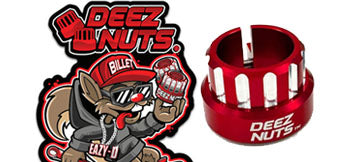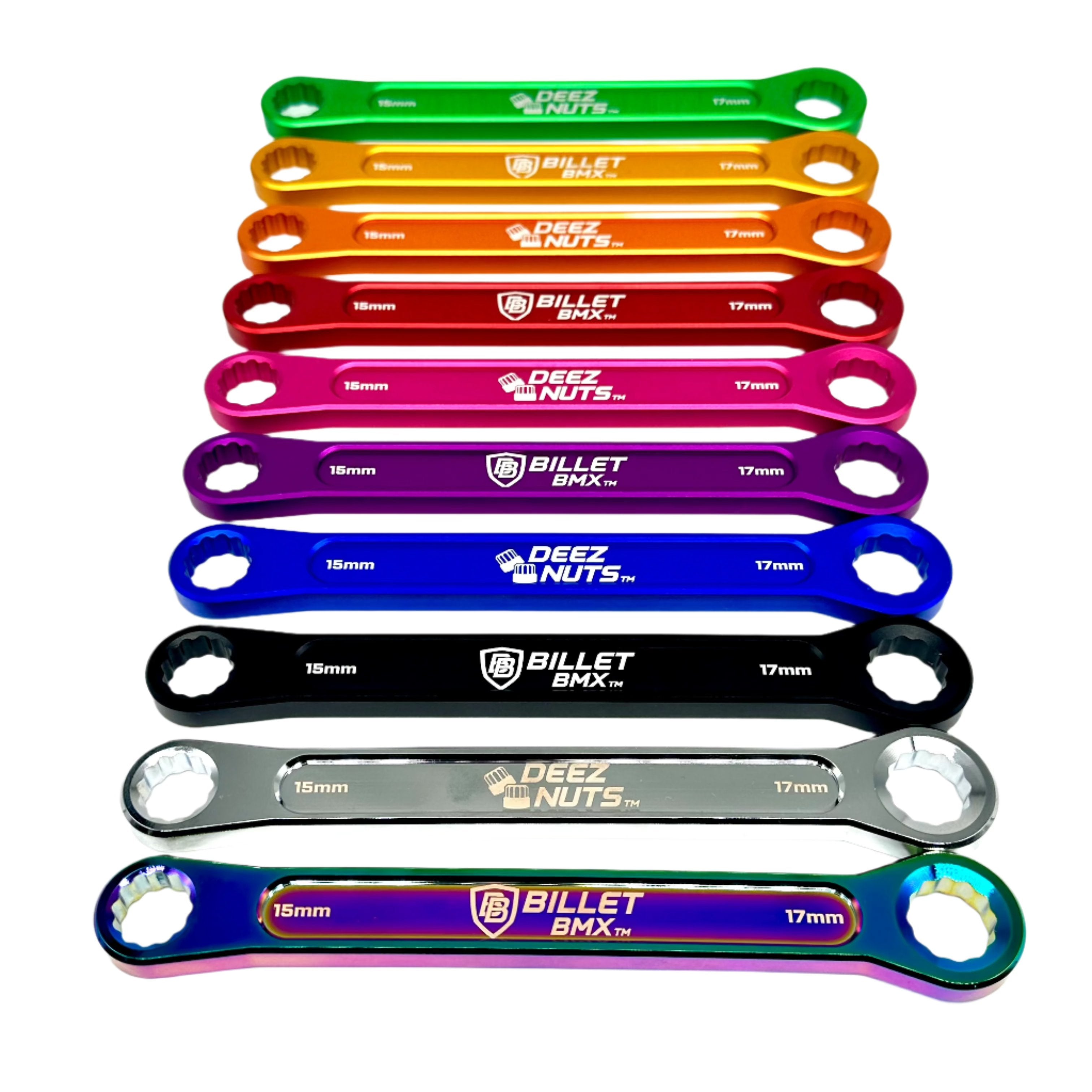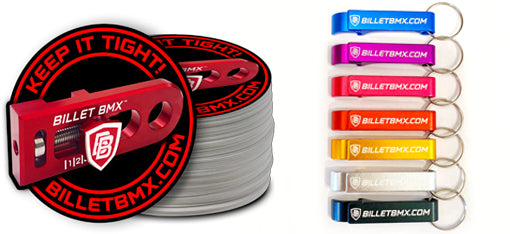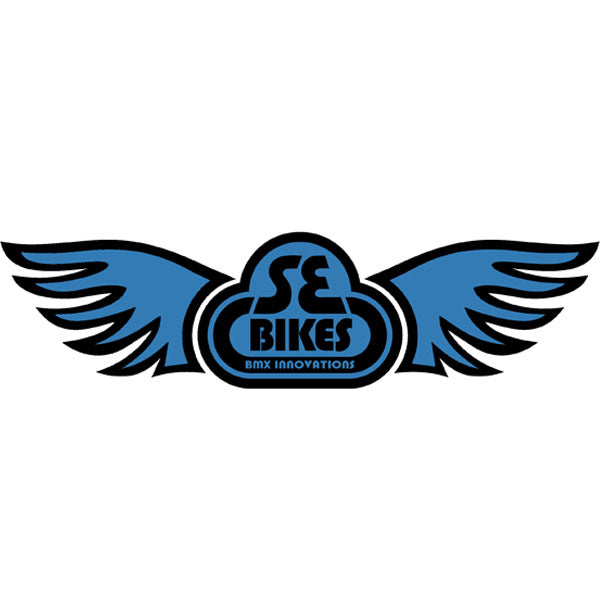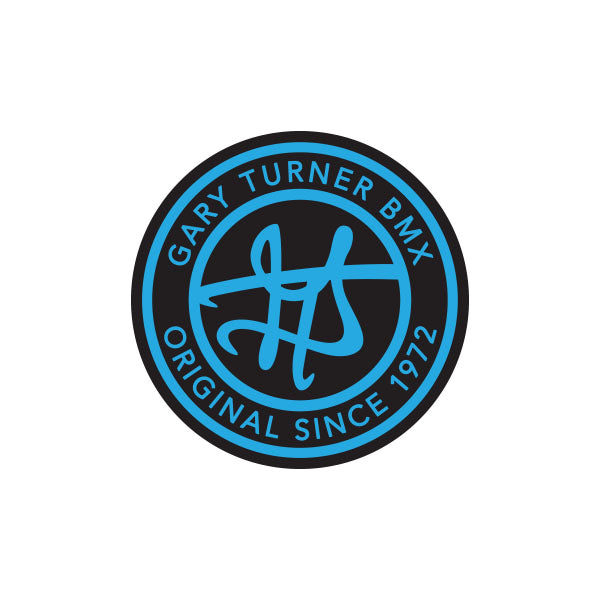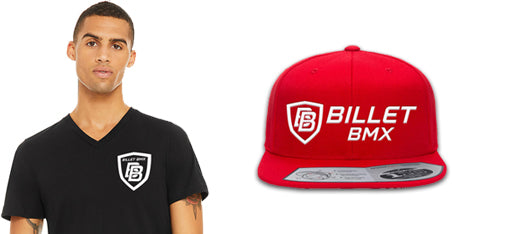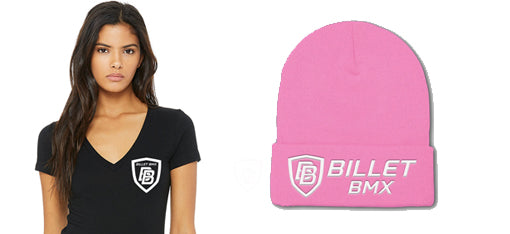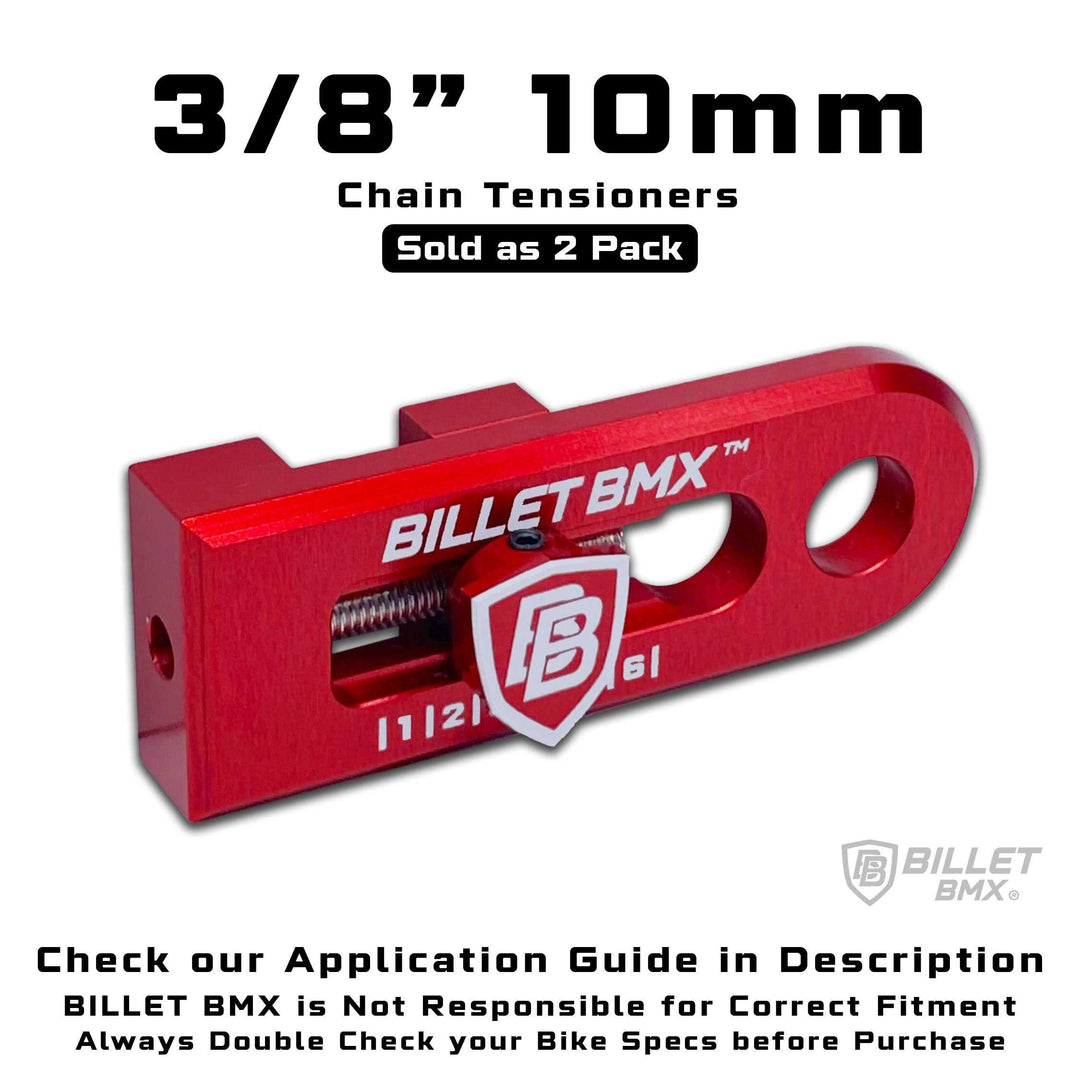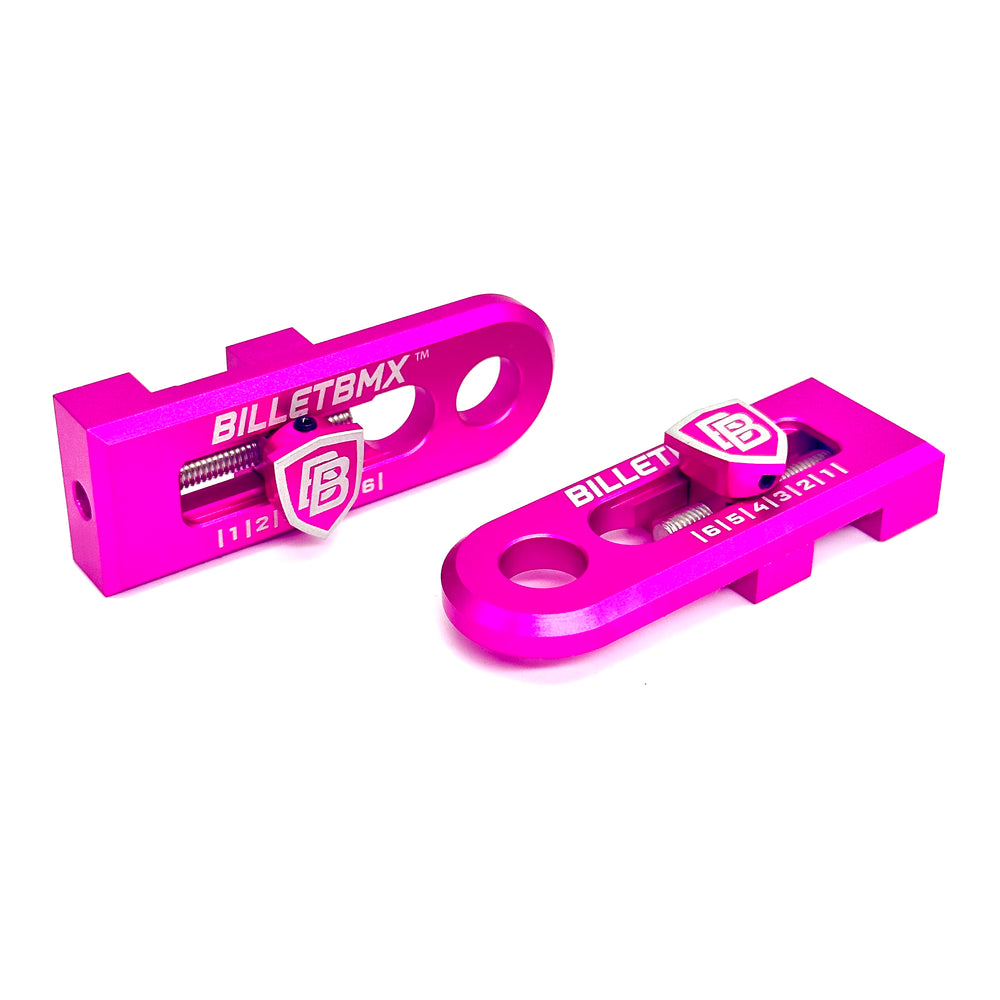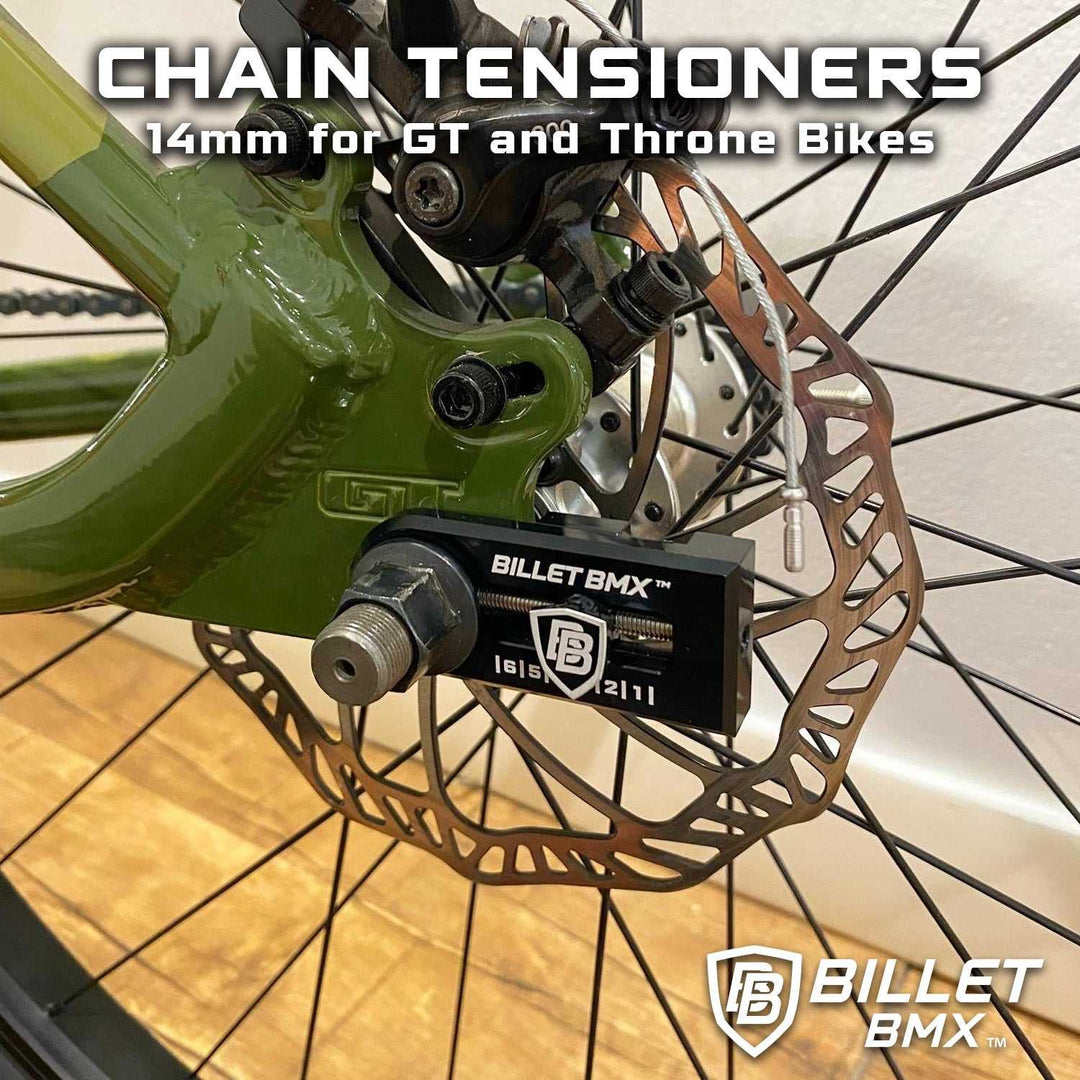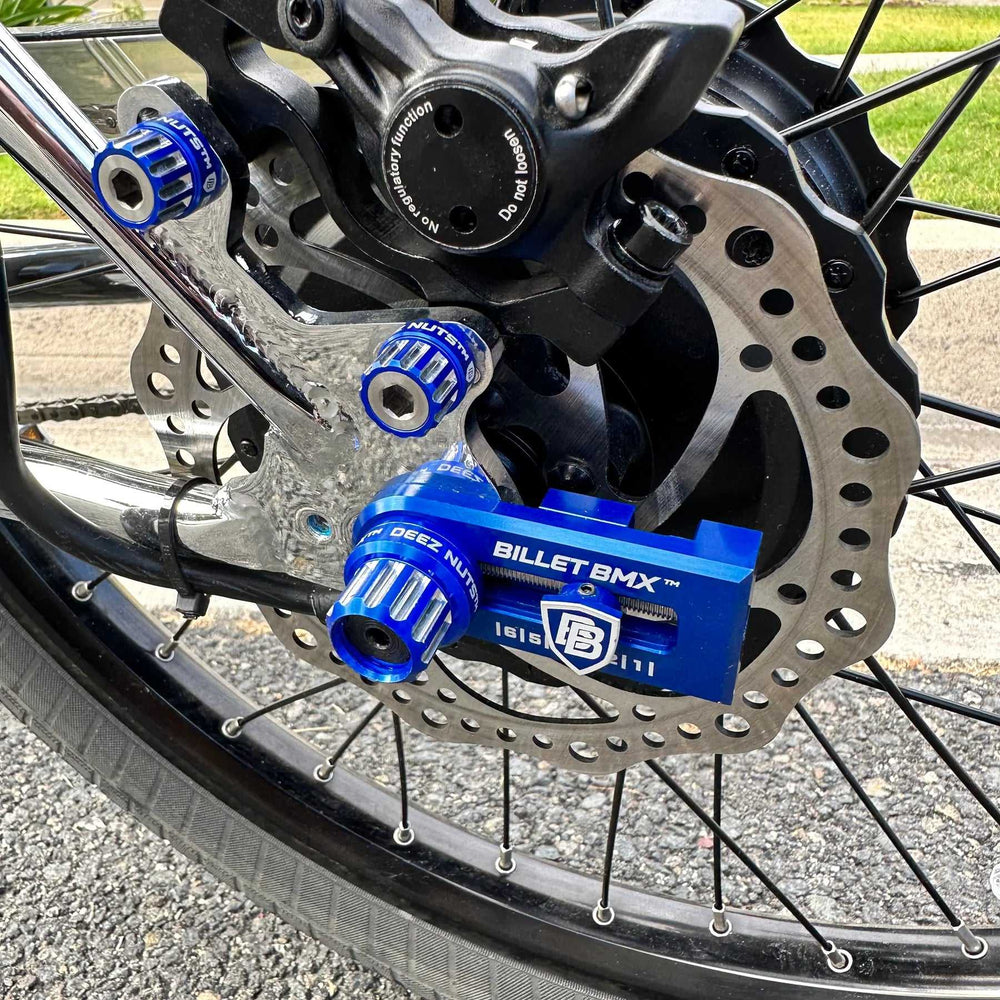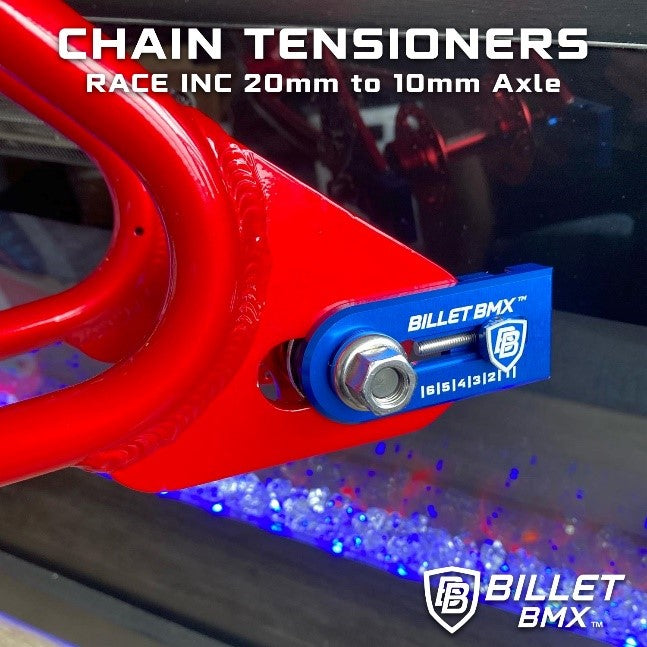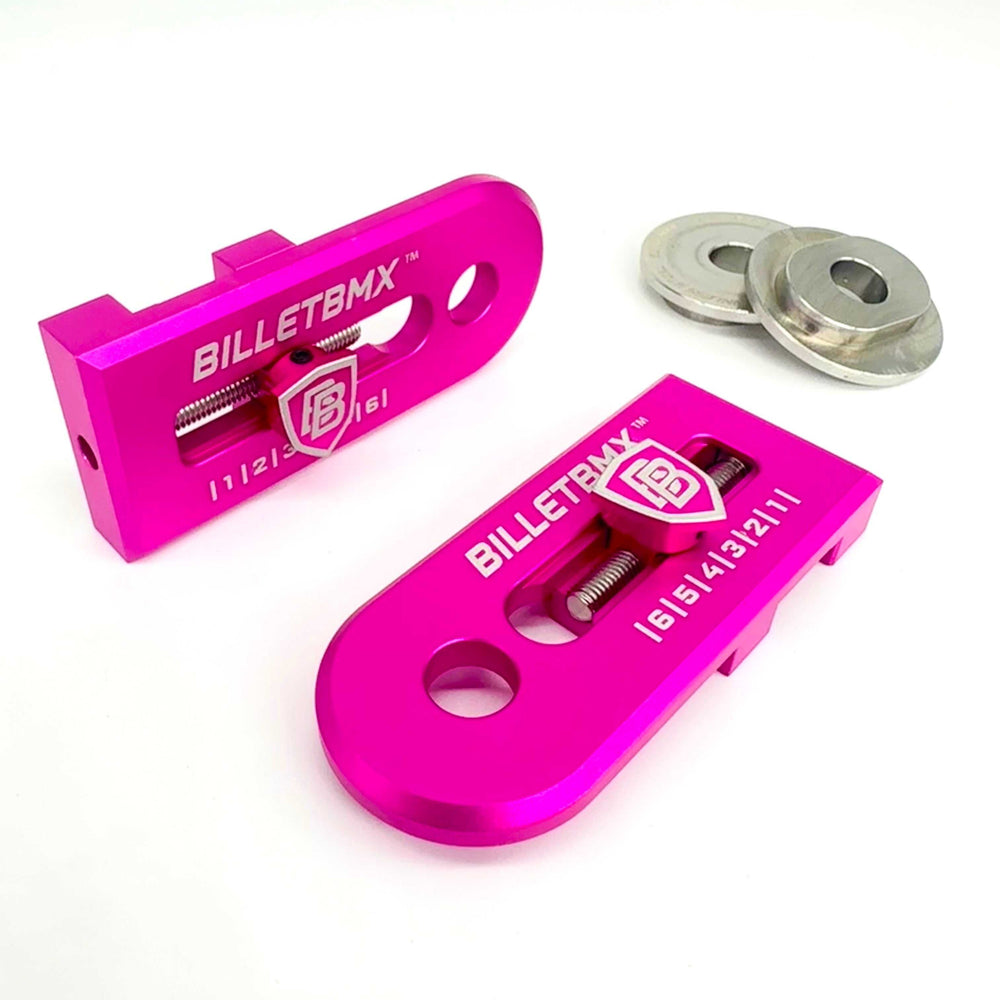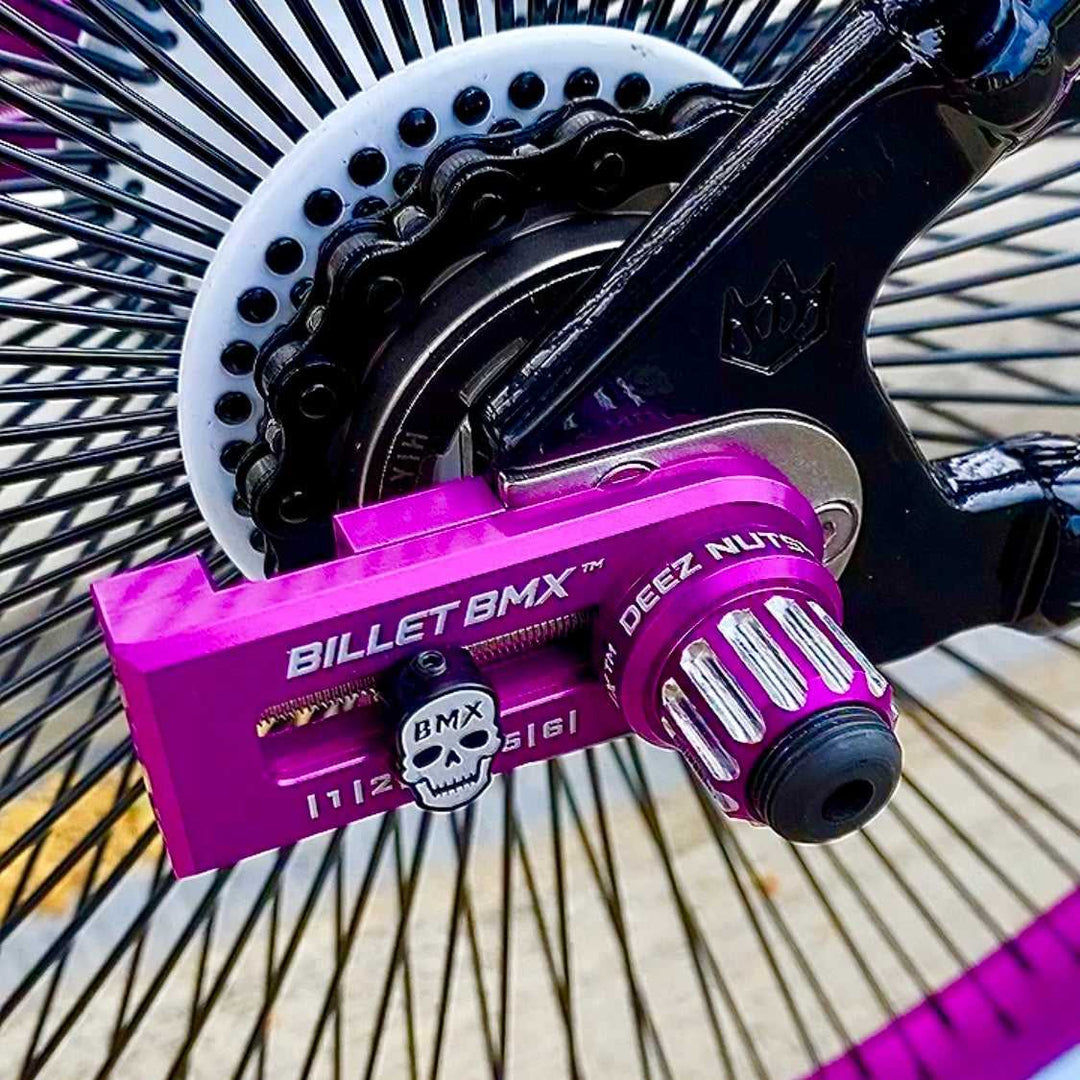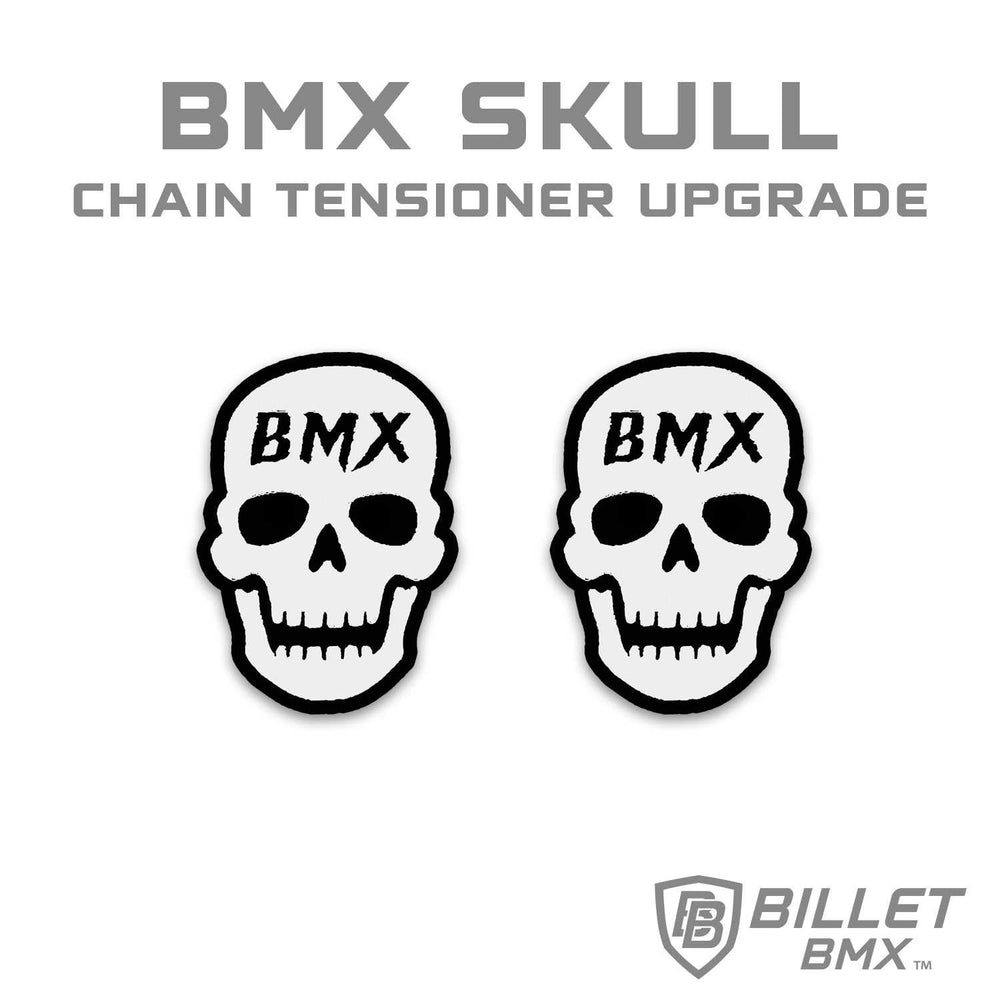How Tight Should a Headset Top Cap Be? Avoid Common Mistakes

When it comes to BMX bike assembly and maintenance, every component plays a role in how your bike feels on the street or track. One of the most misunderstood parts is the headset top cap. Though it may seem like a small detail, tightening it incorrectly can lead to serious performance and safety issues.
In this guide, we’ll explore how tight a headset top cap should be, the purpose it serves, and common mistakes riders make when adjusting it. Whether you’re building your first BMX bike or fine-tuning your setup, understanding this essential component can make all the difference.
What Is a Headset Top Cap?
The headset top cap is the small cap located on top of the bike’s steerer tube, held in place by a bolt. It works in conjunction with the stem, spacers, and bearings to preload the headset bearings—ensuring there is no play in the front end of your bike.
While it doesn’t keep the stem in place (that’s the job of the stem bolts), it does help properly align and tighten your headset before final clamping. Tightening the top cap too much or too little can lead to a number of performance issues.
Why Proper Tension Matters
Tensioning the headset top cap correctly ensures that:
- Your handlebars turn smoothly without resistance.
- There’s no front-end wobble or looseness.
- Your fork is securely seated in the head tube.
- You avoid premature bearing wear or headset damage.
A loose headset will rattle and feel unstable, especially during landings or tricks. On the other hand, an overtightened top cap can compress the bearings too much, causing resistance and damage over time.
How Tight Should the Headset Top Cap Be?
The headset top cap should be tight enough to eliminate any play in the headset but not so tight that it restricts the steering movement. Here’s a step-by-step guide to getting it right:
Loosen the Stem Bolts
Before adjusting the top cap, make sure the stem bolts (the ones clamping the stem to the steerer tube) are loose. This allows the top cap to compress the headset without resistance.
Check for Spacers
There should be at least a few millimeters of spacer above the steerer tube so the top cap can sit flush and apply pressure when tightened. If there’s not enough space, the cap won’t be effective.
Tighten Gradually
Begin tightening the headset cap bolt slowly. After every quarter turn, check the steering. The front wheel should rotate freely without resistance, but there should be no knocking or looseness when the front brake is applied and the bike is rocked forward.
Test for Play
Hold the front brake, then rock the bike back and forth. If you feel a knock at the headset, the top cap is too loose. If the bars feel stiff and don’t rotate freely, the top cap is too tight.
Align and Clamp the Stem
Once the top cap tension is set correctly, align your handlebars and tighten the stem bolts securely. At this point, the top cap’s job is done—it’s no longer applying pressure to the headset.
Common Mistakes to Avoid
1. Using the Top Cap to Hold the Stem in Place
Many new riders assume the top cap bolt keeps the stem tight. In reality, once the stem is clamped, the top cap becomes redundant. Over-tightening it afterward serves no purpose and can damage the bearings.
2. Tightening Without Loosening the Stem First
If the stem bolts are already tight, the top cap cannot compress the headset. Always loosen the stem bolts before adjusting the top cap.
3. Leaving a Gap Above the Steerer Tube
If the steerer tube is level with the top of the stem or above it, the headset top cap can’t apply pressure. You need at least a 2-3mm gap with spacers to ensure proper function.
4. Ignoring Bearing Condition
Sometimes, no matter how well you adjust the top cap, you’ll still feel play or roughness. Worn or contaminated bearings could be the root cause, not the cap tension.
5. Forgetting to Retighten Stem Bolts
Once you’ve adjusted the top cap and aligned your bars, forgetting to retighten the stem bolts can cause the front end to twist mid-ride—a major safety issue.
When Should You Check Your Headset Top Cap?
Routine maintenance is key. You should inspect your headset every few weeks, especially if you ride hard or do tricks. Any rattling, clicking, or looseness should prompt immediate inspection. Also, if you’ve recently removed the bars or made any front-end adjustments, re-check the top cap tension to ensure everything is dialed in.
Get the Right Headset Components
Having high-quality parts can make adjusting your headset easier and more precise. Whether you’re replacing your top cap, spacers, or upgrading your entire headset, be sure to use reliable components that are built to perform.
With Billet BMX, we offer precision-machined headset top caps and accessories that meet the demands of modern BMX riding. Our parts are engineered for strength, performance, and style—so your setup not only feels great but looks clean too.


